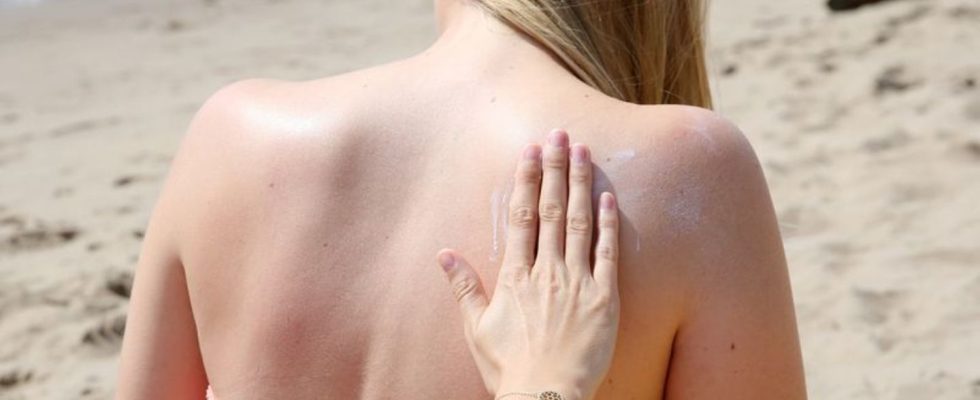Health
Summer time is sun protection time
“The risk of getting a sunburn depends on the position of the sun and is particularly high in the summer months from June to August and between 11 a.m. and 3 p.m.,” said dermatologist Mark Berneburg of the German Press Agency. photo
© Bodo Marks/dpa
A walk in the sun is not only good for the soul, but also for vitamin D formation. However, UV radiation can also have serious health consequences. Is the risk of climate change increasing?
The upcoming summer invites you to go on excursions in the fresh air and to sunbathe – but intensive UV radiation can be dangerous. “The risk of getting a sunburn depends on the position of the sun and is particularly high in the summer months from June to August and between 11 a.m. and 3 p.m.,” said dermatologist Mark Berneburg of the German Press Agency.
The more intensively and frequently the skin is exposed to UV rays, the higher the risk of developing skin cancer. Will the intensity of UV radiation even increase as a result of climate change? “Warmer climate does not automatically lead to higher UV radiation,” explained Andreas Matzarakis from the Center for Medical Meteorological Research of the German Weather Service (DWD). It is not yet clear how exactly radiation will change as a result of climate change.
Changed leisure behavior
“In general, one has to say that UV radiation is subject to very strong fluctuations.” The intensity depends on various factors such as cloud cover, geographical location and altitude. Climate change does not necessarily change the intensity of radiation – but people’s leisure activities do: when it gets warmer and warmer, people spend more time outside and in the sun.
UV rays can cause harmful changes in the genome of skin cells that increase the risk of white and black skin cancer in the long term, as Berneburg explained. Blister sunburns, long and regular stays in the sun, but also visits to the solarium are also responsible, as the Secretary General of the German Dermatological Society said.
The risk of skin cancer is particularly high in people with light skin. And children are also at high risk: “After all, the little ones are at particularly high risk, since children’s skin’s protective mechanisms against UV rays, such as pigmentation and callus formation, are not yet sufficiently developed.” That’s why the dermatologist advises: apply lotion, wear a hat and avoid sunbathing in the sunniest time.
Office calls for additional shadow places
In its current campaign, the Federal Office for Radiation Protection (BfS) calls for more far-reaching UV protection measures by cities and communities, such as the creation of additional shaded areas. In the course of the climate crisis, sun protection is a task for society as a whole, for every city and every community, said BfS President Inge Paulini. More shaded areas could be created, for example, through more urban greenery or awnings in schools. Sports or cultural events should be organized in such a way that people do not have to be in the blazing sun at midday.
The Federal Statistical Office (Destatis) announced on Tuesday that the number of hospital treatments for skin cancer has increased sharply over the past 20 years. In 2021, 105,700 people were treated in hospital with a diagnosis of skin cancer – almost 75 percent more than in 2001.
According to health experts, one of the factors contributing to this trend is increasing life expectancy. A lack of sun protection and a lack of awareness of the problem decades ago, as well as changes in leisure time behavior are also considered factors.
In 2021, according to Destatis data, about 4100 people died, 55 percent more than in 2001 (2600 deaths). As with most cancers, older people are particularly affected: half of those who died of skin cancer in 2021 were 80 years or older.

